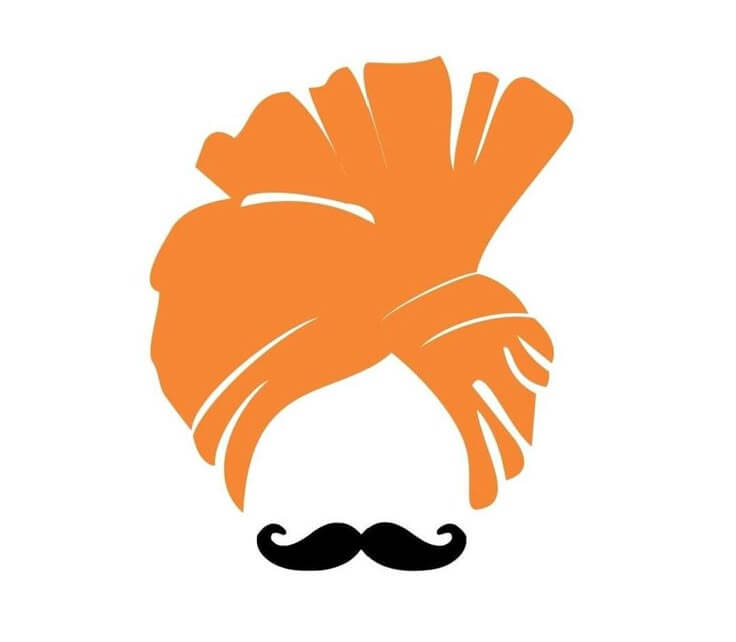Povada: A Vibrant Celebration of Marathi Folk Tradition
Origin and Significance
Povada is a traditional Marathi ballad form that originated in the medieval period to honor the heroic deeds of warriors, especially the great Maratha ruler Chhatrapati Shivaji Maharaj. The term “Povada” is derived from the Marathi word “pov,” meaning valor or bravery. These ballads serve as a medium to narrate tales of courage, patriotism, and devotion to duty, blending history with art to inspire future generations.
Povadas are deeply rooted in Maharashtra’s cultural and historical identity. They played a pivotal role in preserving the legacy of Shivaji Maharaj and the Maratha Empire, often recounting his battles, strategies, and governance. These songs are not just performances but also acts of homage to the spirit of bravery and justice.
Why Povada is Celebrated
Povada celebrates the essence of heroism, resilience, and selflessness. Through powerful lyrics and captivating performances, it keeps alive the memory of historical events and figures that shaped Maharashtra’s identity. The art form also instills a sense of pride and unity among the Marathi-speaking community, emphasizing values such as courage, loyalty, and dedication to one’s land and people.
When and Where Povada is Celebrated
While Povadas are performed throughout the year, they hold special prominence during festivals, cultural gatherings, and events commemorating Chhatrapati Shivaji Maharaj, such as Shivaji Jayanti and Maharashtra Day. These performances are an integral part of celebrations in forts, villages, and cities across Maharashtra, especially in places associated with Shivaji Maharaj’s legacy, such as Raigad, Pune, and Kolhapur.
Rituals and Celebrations
Povada performances are marked by their energetic delivery, evocative storytelling, and vibrant music. Here’s how this art form is celebrated and performed:
- Dramatic Narratives:
– Povadas are traditionally performed by balladeers or groups of folk artists who narrate tales of bravery through song and dramatic gestures.
– The lyrics often describe significant events, battles, and milestones in the life of Shivaji Maharaj and other historical figures. - Musical Accompaniment:
– Traditional instruments like the dholki, taal, and manjeera accompany Povada performances, enhancing the rhythm and impact of the storytelling.
– The music, combined with the artist’s voice modulation and expressions, creates an immersive experience for the audience. - Community Gatherings:
– Povada performances are typically held in open spaces or community halls, drawing large crowds who participate enthusiastically by clapping, cheering, and chanting slogans.
– The communal nature of the event fosters a sense of unity and shared pride. - Costumes and Props:
– Performers often dress in traditional Marathi attire, including turbans and dhotis, to create an authentic atmosphere.
– Props like swords and shields are used to depict battles and add a dramatic flair to the performance.
Highlights of Povada
The most striking aspect of Povada is its ability to transport audiences to historical moments through powerful storytelling and music. The performances are not just about entertainment but also about rekindling the spirit of Maharashtra’s rich heritage.
The energy and emotion displayed by the performers, combined with the audience’s enthusiastic participation, make Povada a truly unforgettable experience. It serves as a bridge between history and modernity, ensuring that the tales of valor continue to inspire generations.
Accessibility and Visitor Information
Povada performances can be experienced in various cultural festivals, school and college events, and celebrations of Shivaji Jayanti across Maharashtra. Cities like Pune, Kolhapur, and Aurangabad, known for their historical significance, frequently host these performances.
Tourists and cultural enthusiasts can also visit heritage sites and forts like Raigad and Sinhagad, where Povada performances are sometimes organized to enrich the historical experience. The art form’s unique blend of music, history, and drama makes it an essential part of Maharashtra’s vibrant cultural landscape.


